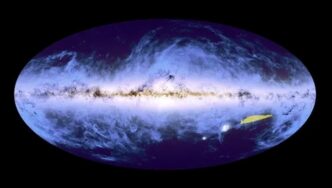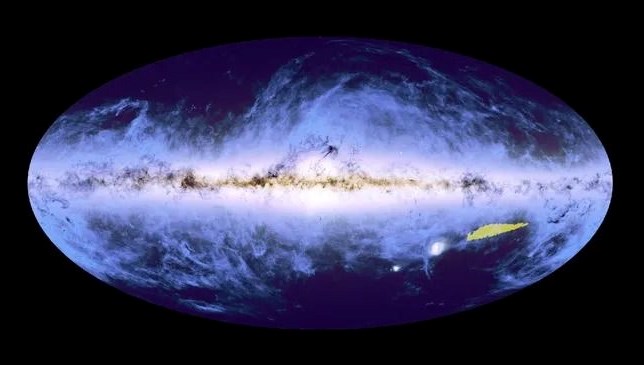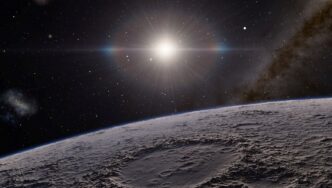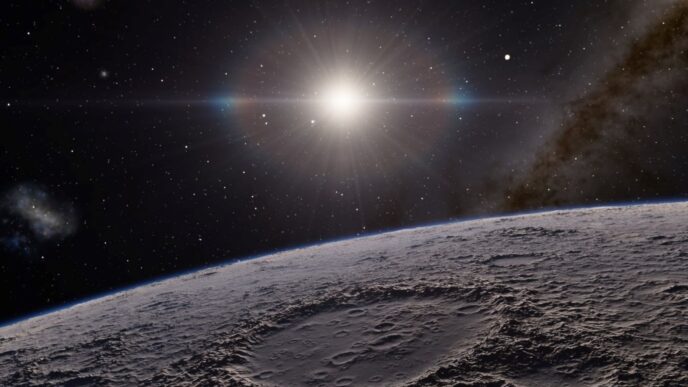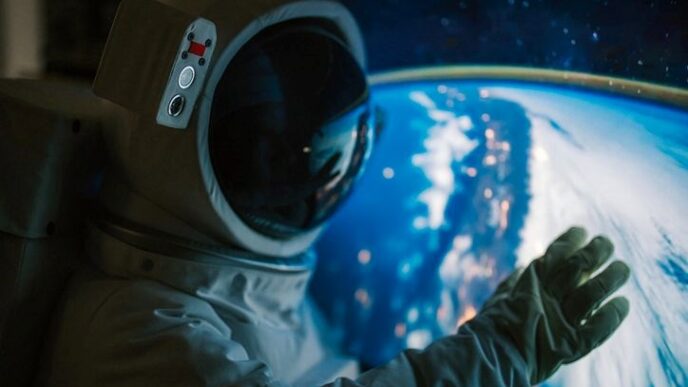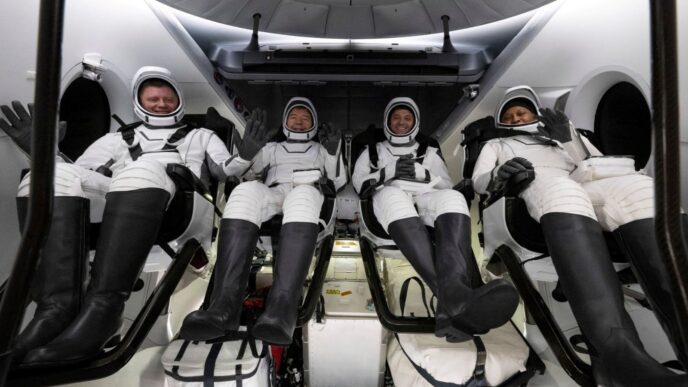The European Space Agency (ESA) has released the first part of the largest ever 3D map of the universe. Containing 14 million galaxies, this image was taken by the Euclid telescope. The map aims to learn more about dark matter and dark energy.
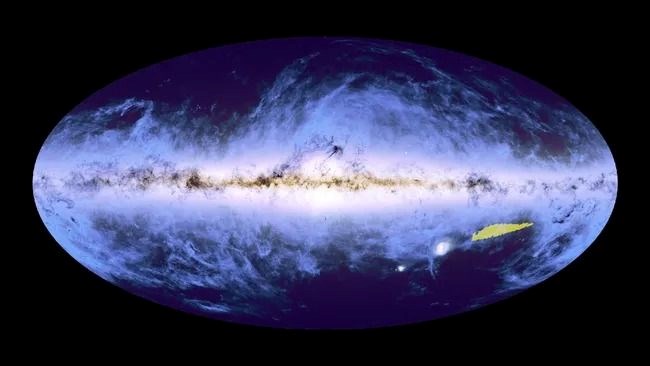
This map, filled with 14 million galaxies, was taken by the Euclid Space Telescope.
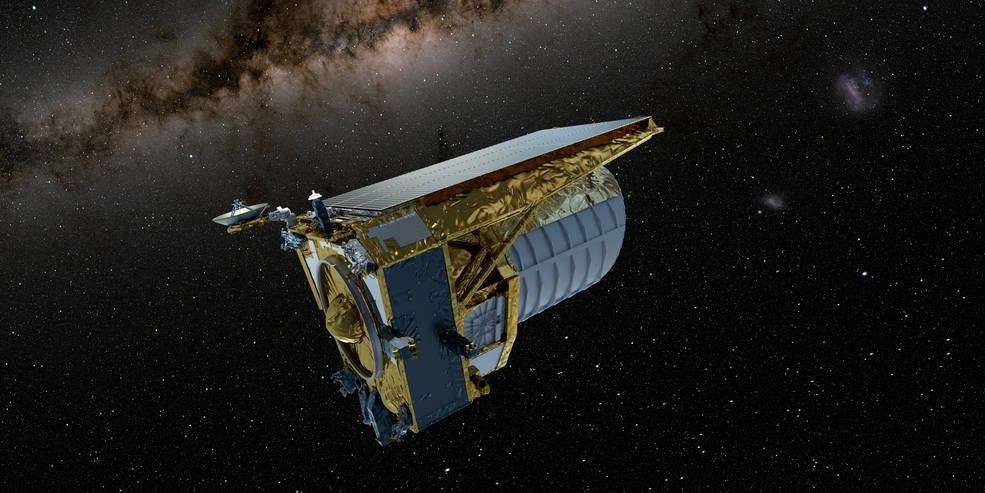
A 208-gigapixel mosaic, the striking new image represents just one percent of the sky.
IMAGES 10 BILLION-YEAR-OLD GALAXIES
By capturing hundreds of images like this, the space telescope will eventually catalogue a third of the entire night sky and image more than a billion galaxies that are up to 10 billion years old, according to ESA.
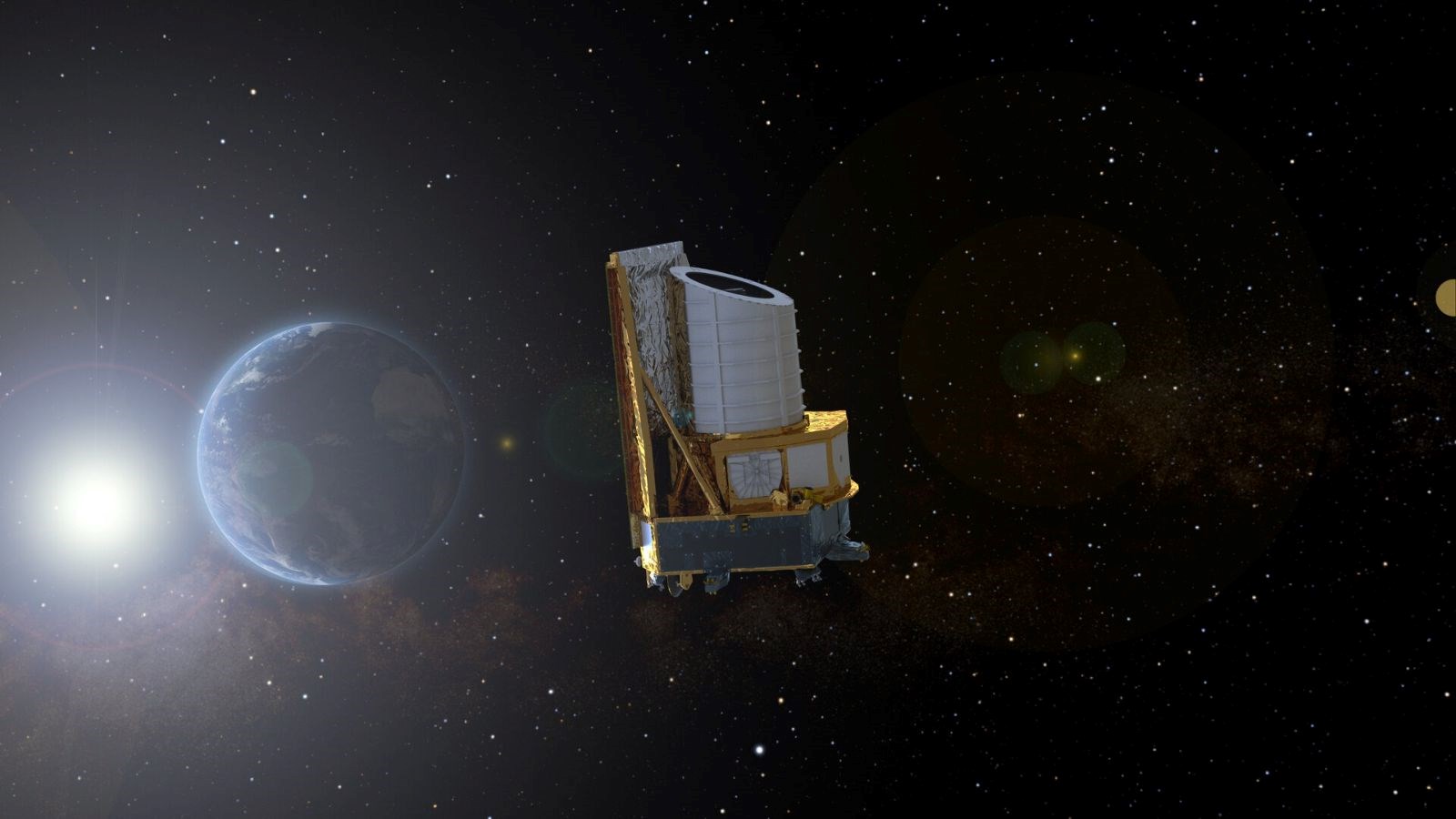
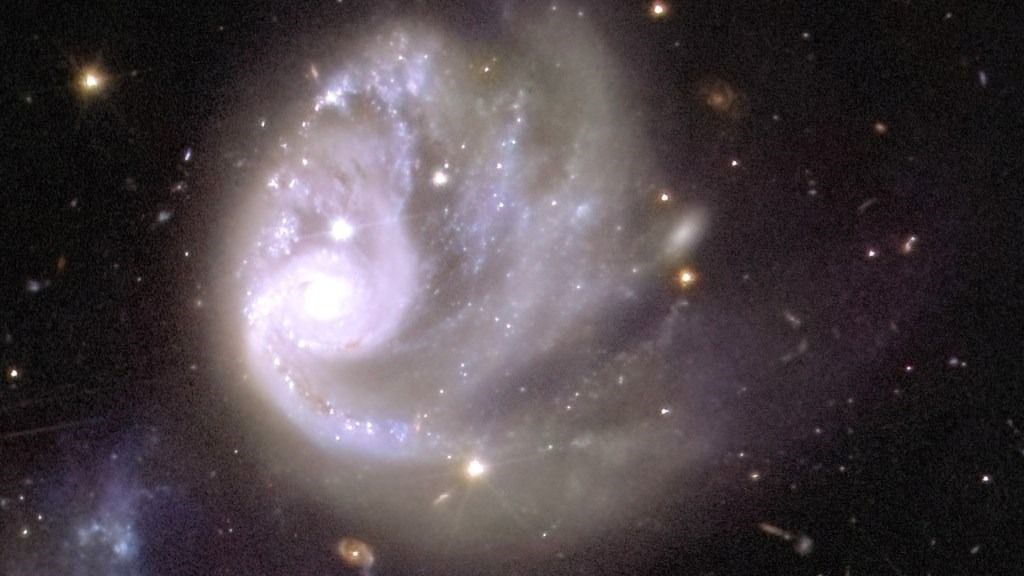
The map, which includes 100 million light sources, is just a small piece of the cosmic puzzle put together by Euclid.
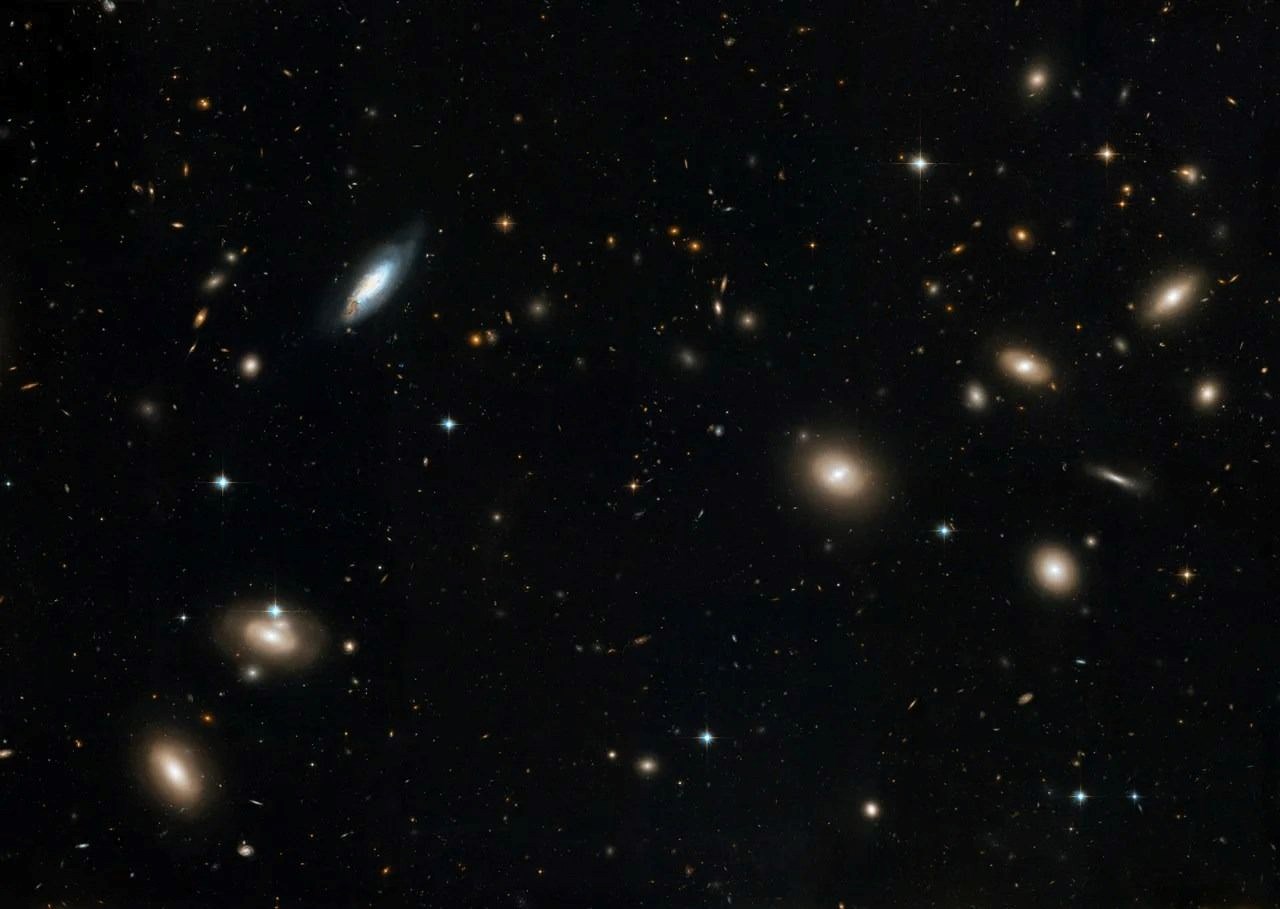
But because they don’t interact with light, they can’t be detected directly.
Instead, scientists study these mysterious components by observing the way they interact with the visible universe around them.
Dark matter can be seen by observing its gravitational warping effects on galaxies, and dark energy is evident in the force driving the universe’s runaway expansion.
So far, Euclid’s task is about 12 percent complete.
Other versions, including a preview of Euclid’s deep fields, are scheduled for release in March 2025, with the mission’s first cosmology data coming in 2026.
